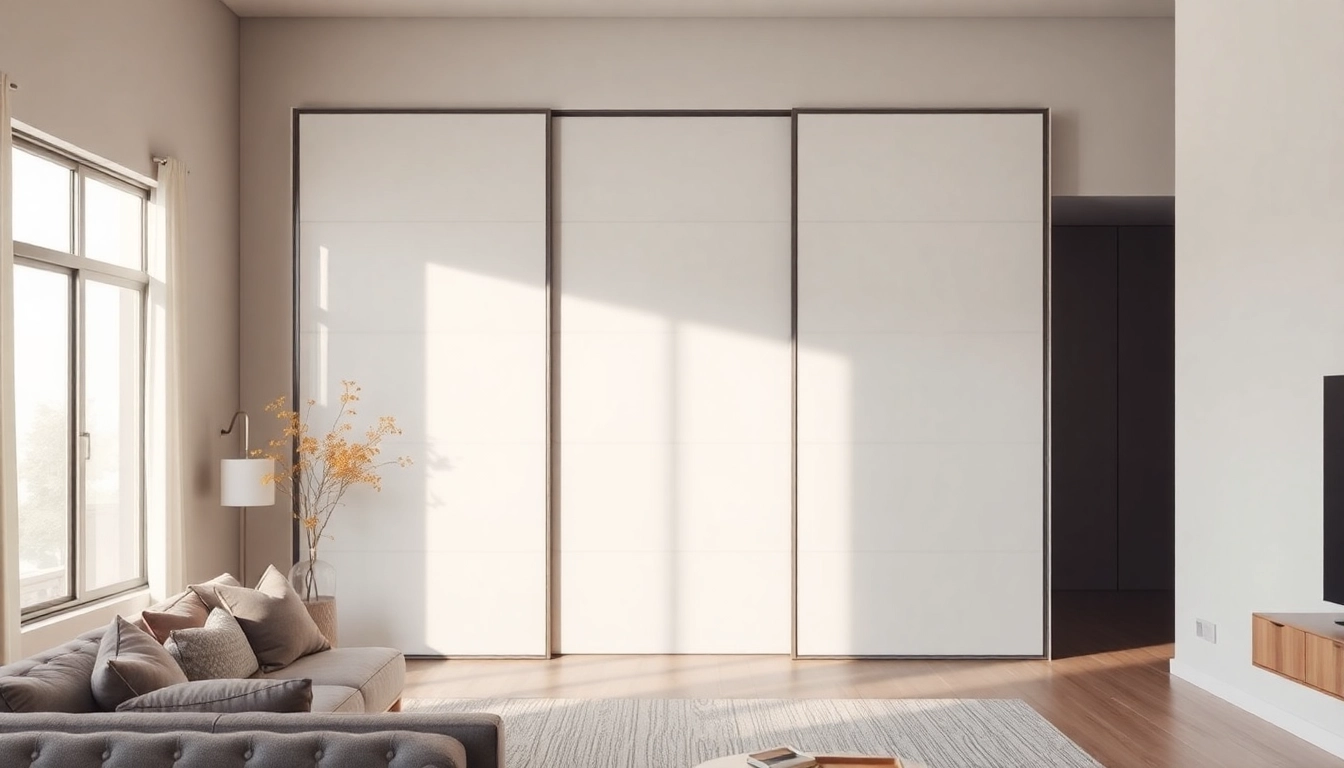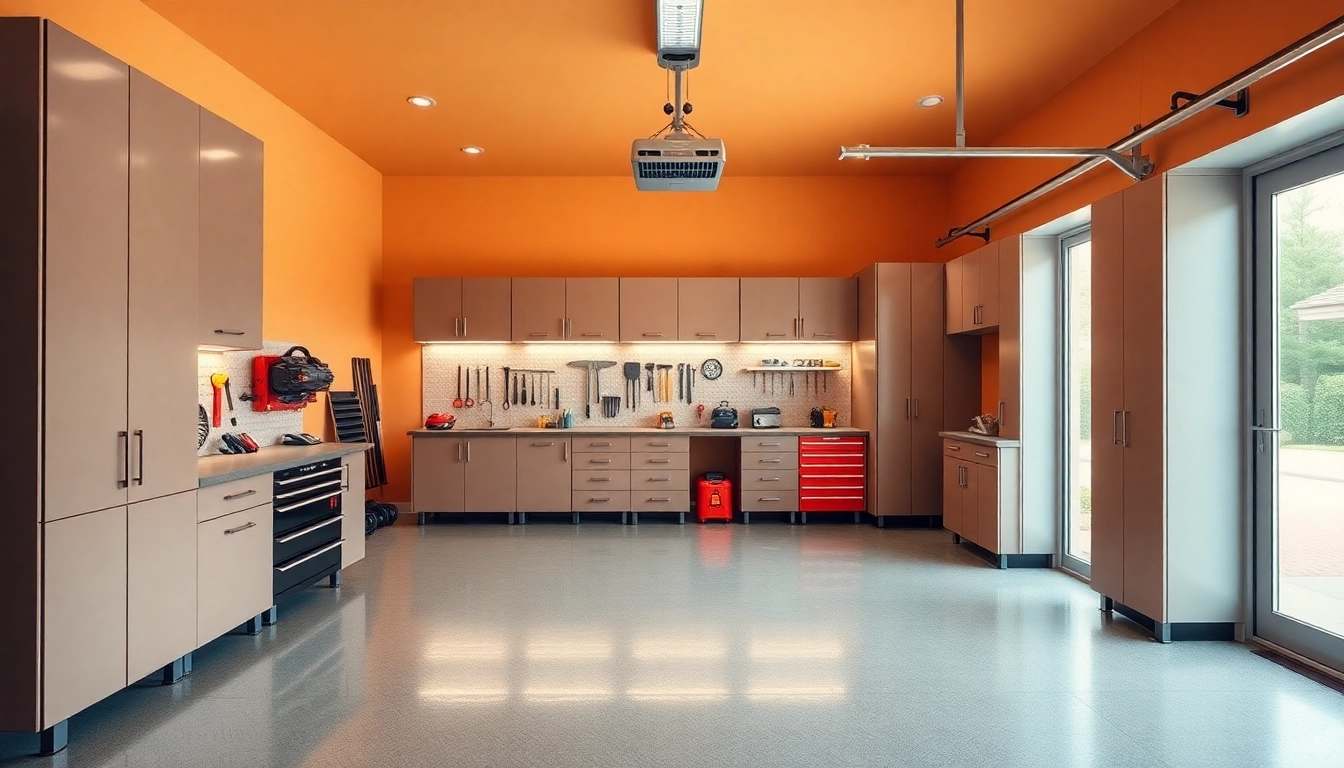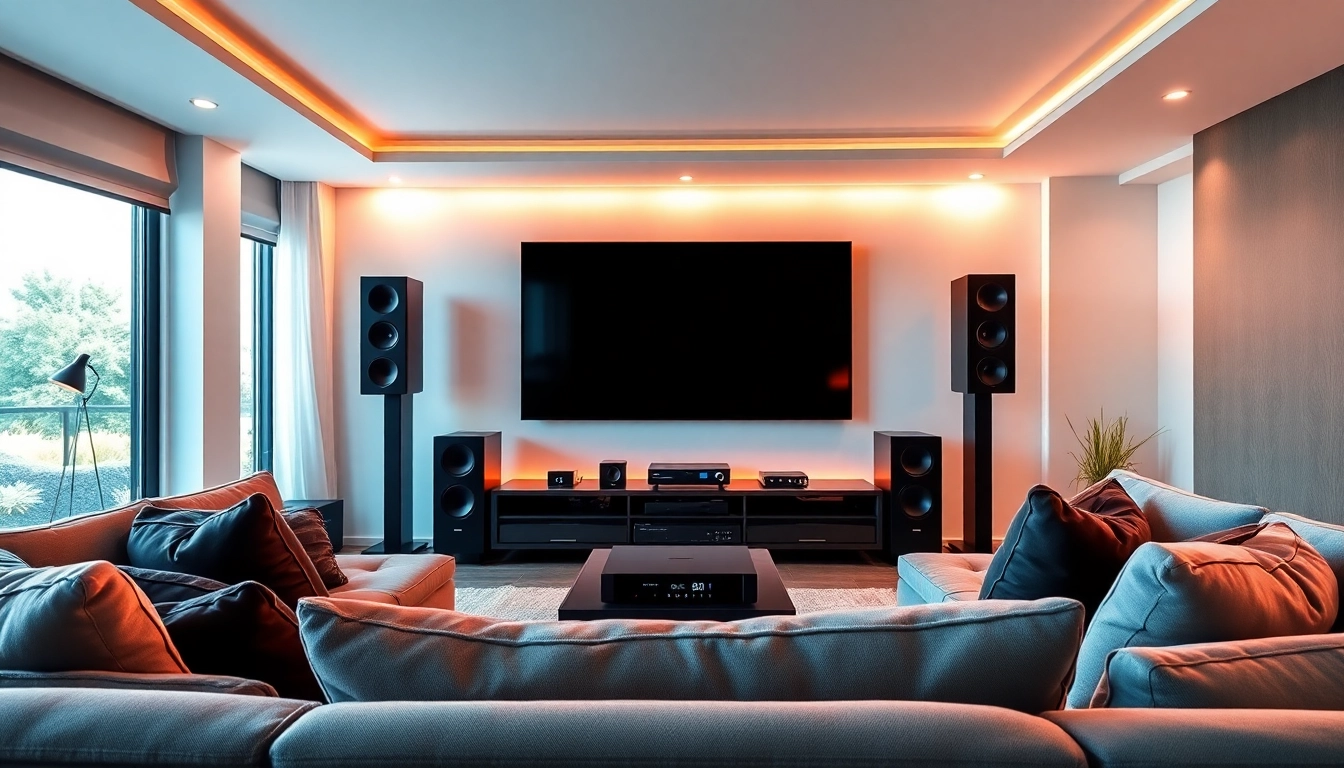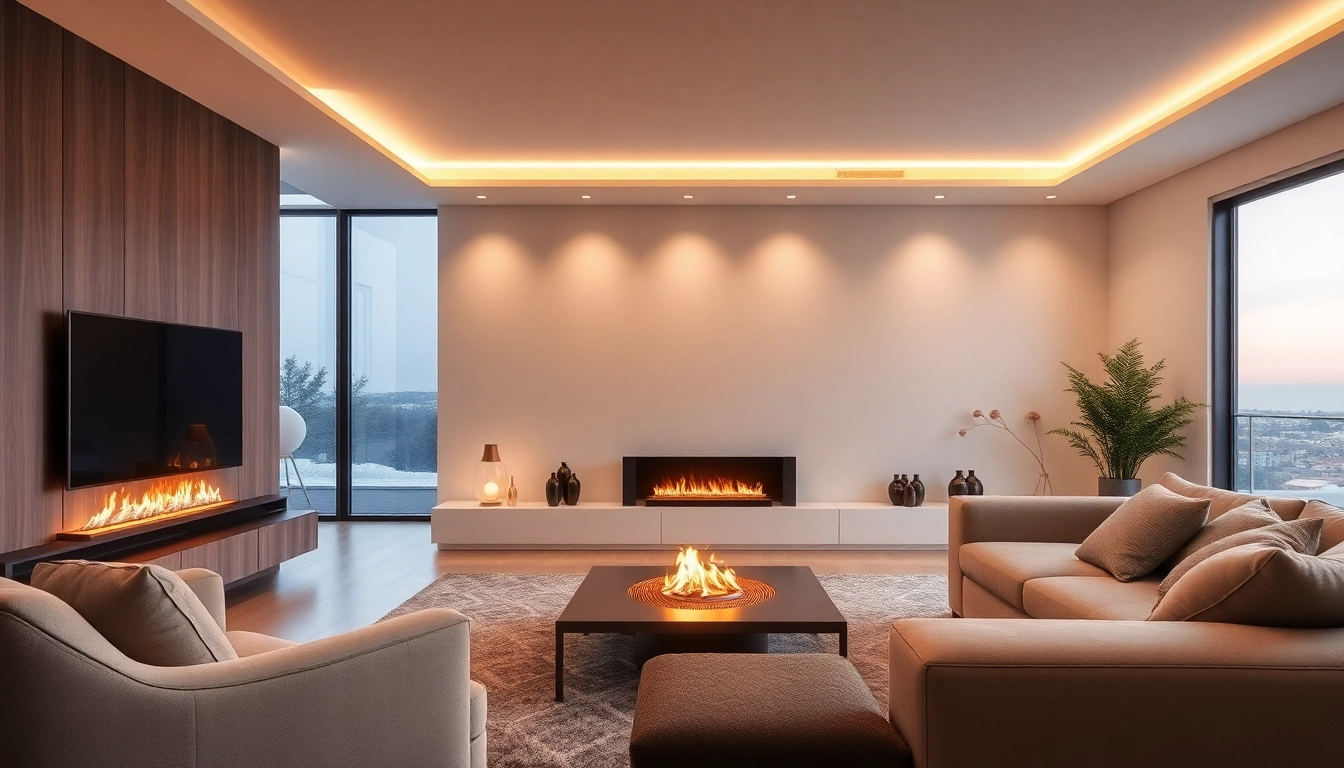Understanding Sliding Partition Walls
What is a Sliding Partition Wall?
A sliding partition wall serves as a versatile solution for separating spaces within residential and commercial environments. These walls are designed to slide open or closed, allowing users to adapt the usage of a room or area according to their needs. Unlike traditional fixed walls, sliding partition walls enable dynamic space management and can be installed in various configurations, including floor-to-ceiling designs. This adaptability makes them particularly useful in environments where flexibility and quick reconfiguration are essential.
Types of Sliding Partition Walls
Sliding partition walls can be categorized into several types based on their materials, designs, and functionalities:
- Wooden Sliding Partitions: These offer a classic look and are customizable in various finishes.
- Glass Sliding Partitions: Often used in modern office spaces, they allow natural light flow while providing privacy.
- Fabric Panels: These are lightweight and often used in temporary or event spaces.
- Modular Systems: These systems consist of panels that can be easily assembled and disassembled, making them ideal for multifunctional spaces.
Benefits of Using Sliding Partition Walls
Sliding partition walls offer numerous advantages that make them a preferred option for many interior projects:
- Space Optimization: They enable efficient use of space, allowing areas to be expanded or contracted as needed.
- Versatility: These walls can adapt to various configurations, making them suitable for multiple applications.
- Cost-Effective: Compared to constructing permanent walls, sliding partitions often require less material and labor, resulting in lower upfront costs.
- Improved Aesthetics: With a variety of materials and designs, sliding wall systems can enhance the décor of any environment.
Applications of Sliding Partition Walls
Residential Uses for Sliding Partition Walls
In residential settings, sliding partition walls are increasingly popular for creating multifunctional spaces. Homeowners can use them to create:
- Flexible Living Areas: Open-plan layouts can be divided when needed, allowing for private family rooms or guest accommodations.
- Home Offices: They provide a temporary division for workspaces, enhancing productivity while maintaining a homey environment.
- Kids’ Play Areas: Parents can easily create designated play zones that can be closed off when not in use.
Commercial Applications of Sliding Partition Walls
Sliding partition walls are favored in commercial venues for their adaptability and efficiency. Some applications include:
- Conference Rooms: Businesses can utilize sliding partitions to create variable meeting spaces according to staff size and needs.
- Restaurants: Dining areas can be adjusted based on customer flow or private events, giving patrons a tailored experience.
- Educational Institutions: In schools, they can create temporary classrooms for group activities or workshops, optimizing usage during various times of day.
How They Enhance Space Functionality
Sliding partition walls not only enhance functionality but also improve how spaces are perceived. By providing the ability to change layouts swiftly, they promote collaboration in work environments, a sense of openness at home, and versatility in commercial settings. Their design can incorporate sound absorption materials, boosting privacy and comfort in shared environments.
Choosing the Right Sliding Partition Wall
Factors to Consider in Selection
Selecting the right sliding partition wall requires thoughtful consideration of several factors:
- Space Requirements: Analyze the area where the partition will be installed and determine how often you will need to adjust the space.
- Material Preferences: Decide on the material according to aesthetics, budget, and usage demands.
- Insulation and Acoustics: Consider if sound insulation is important for the space. Some partitions can enhance acoustics significantly.
- Ease of Operation: Assess how easy it is to operate the sliding mechanism, especially if frequent adjustments are needed.
Comparing Different Materials
Choosing material is crucial as it directly affects durability, aesthetics, and function. Comparison among common materials includes:
- Wood: Offers warmth and beauty, ideal for cozy spaces. However, wooden partitions may be heavier and more susceptible to damage than alternatives.
- Glass: Modern and elegant, glass partitions enhance visibility and light, yet they may require more cleaning and may not provide adequate insulation.
- Fabric: Lightweight and economical, fabric panels are easy to install but typically have a shorter lifespan and less durability than other materials.
- Metal: Highly durable and secure, metal partitions are ideal for industrial settings but can feel cold and uninviting in residential applications.
Size and Design Considerations
When selecting the size and design of your sliding partition wall, there are several aspects to consider:
- Height and Width: Ensure dimensions are appropriate for the intended use and space constraints.
- Track Systems: Some sliding partitions need overhead tracks, while others are trackless, impacting the design and functionality.
- Color and Style: The partition’s aesthetic should align with the existing decor to ensure cohesion in your interior design.
Installation Tips for Sliding Partition Walls
DIY Installation vs. Professional Installation
Deciding between DIY installation and hiring professionals involves evaluating your skill level and the complexity of the project. DIY installations can save costs, particularly if you have experience in handy work, but incorrect installation can lead to future issues. Professional installers provide expertise, ensuring precise functionality and a polished finish, which might justify the additional expense.
Essential Tools and Materials
Whether you choose to install the sliding partition wall yourself or via professionals, understanding the essential tools and materials required is vital:
- Tools: Level, drill, measuring tape, saw, screwdrivers, stud finder.
- Materials: Sliding wall panels, track system, mounting hardware, insulation (if needed), finishing materials such as paint or trim.
Step-by-Step Installation Guide
Below is a simplified guide for installing a sliding partition wall:
- Measure the Area: Use a measuring tape to determine the height and width of your desired partition.
- Select and Purchase Materials: Choose the right materials based on your calculations and preferences.
- Prepare the Space: Clear the area of obstacles and ensure that the surface is clean and level.
- Install Track System: Follow manufacturer instructions to secure the track system either to the ceiling or wall.
- Hang the Panels: Attach the sliding panels to the mounted track, ensuring proper spacing for smooth operation.
- Test Functionality: Slide the partition open and closed several times to check for smooth movement.
- Final Adjustments: Make any necessary adjustments to alignment or hardware tensions.
Maintenance and Care for Sliding Partition Walls
How to Maintain Your Sliding Partition Wall
To ensure the longevity of your sliding partition wall, regular maintenance is essential:
- Regular Cleaning: Dust and clean the surfaces periodically to prevent dirt buildup.
- Lubricate Tracks and Mechanisms: Use a silicone-based lubricant to ensure smooth operation, especially on metal tracks.
- Inspect for Damage: Check for any cracks or warping in the panels and address any issues as they arise.
Common Issues and Solutions
Some common issues that may arise with sliding partition walls include:
- Sticking Panels: If panels stick, ensure that the tracks are clean and properly lubricated.
- Misalignment: Panels that do not slide correctly may need readjusting; double-check the installation and align as needed.
- Physical Damage: For scratches or dents, consider touch-up paint or replacing panels as necessary.
When to Seek Professional Help
If you encounter significant issues that you cannot resolve, such as severe misalignment or structural damage, consulting a professional is advisable. They can provide expertise and resources to ensure that your sliding partition wall operates as intended.



